Furniture design owes much to the innovative minds of talented architects who brought fresh perspectives to the field. These creators used their architectural backgrounds to reimagine functionality, structure, and form in furniture. From minimalist masterpieces to bold, sculptural pieces, each architect on this list has left a unique mark on furniture design. Their work blurs the line between art and practicality, offering pieces that are as visually striking as they are functional. Let’s explore how these visionaries shaped the way we look at furniture today.
Frank Lloyd Wright

Frank Lloyd Wright, who began his architectural career in the early 20th century, is renowned for his “organic architecture” philosophy. This approach extended to his furniture designs, such as the iconic Barrel Chair, which was crafted to harmonize with his architectural projects. Wright’s work emphasized simplicity, natural materials, and a connection with surroundings, making his designs timeless. His furniture often reflected the same clean lines and natural motifs as his buildings, creating a cohesive aesthetic. Wright’s work continues to influence modern designers who strive for harmony between structure and furnishings.
Le Corbusier
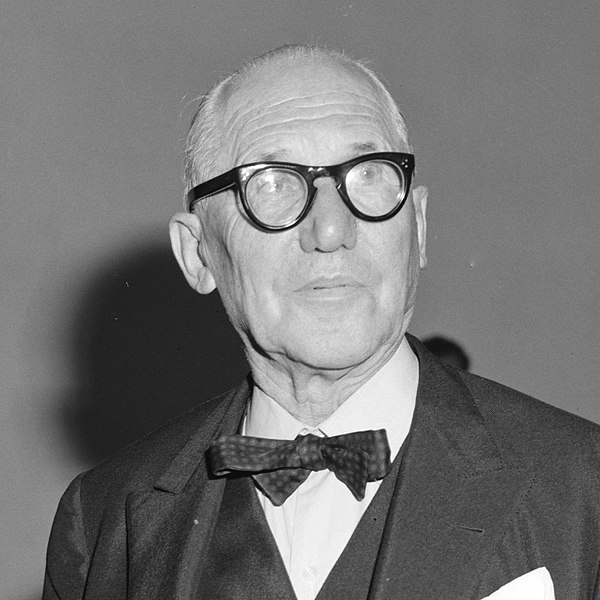
Le Corbusier, a pioneer of modern architecture, entered the design world in the 1920s with his sleek and functional furniture pieces. His LC4 Chaise Lounge became an icon of functional minimalism, embodying his “machine for living” philosophy. By prioritizing comfort and simplicity, he challenged traditional, ornate styles and popularized clean, industrial aesthetics. His influence is evident in today’s modern interiors, where form follows function. Le Corbusier’s designs remain highly regarded for their adaptability and streamlined appeal.
Ludwig Mies van der Rohe
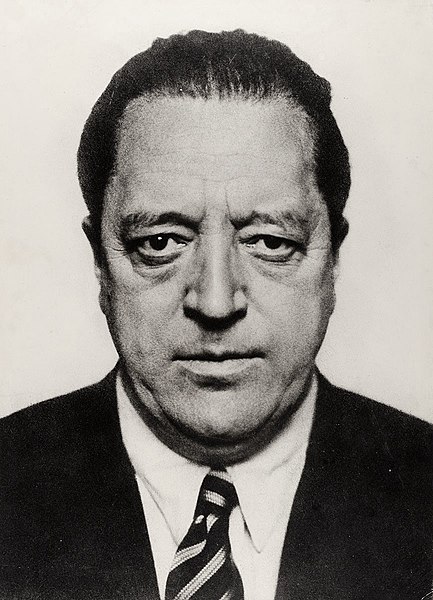
Mies van der Rohe, known for his “less is more” mantra, began his career in Germany before transforming modern furniture with pieces like the Barcelona Chair. Designed in 1929, the chair’s minimalist elegance and luxurious materials made it a staple in modernist interiors. Mies introduced a structural simplicity that prioritized material quality over ornamentation. His work demonstrated that furniture could be both beautiful and functionally sound without excessive detail. His timeless designs still inspire minimalist and Bauhaus-inspired pieces today.
Alvar Aalto
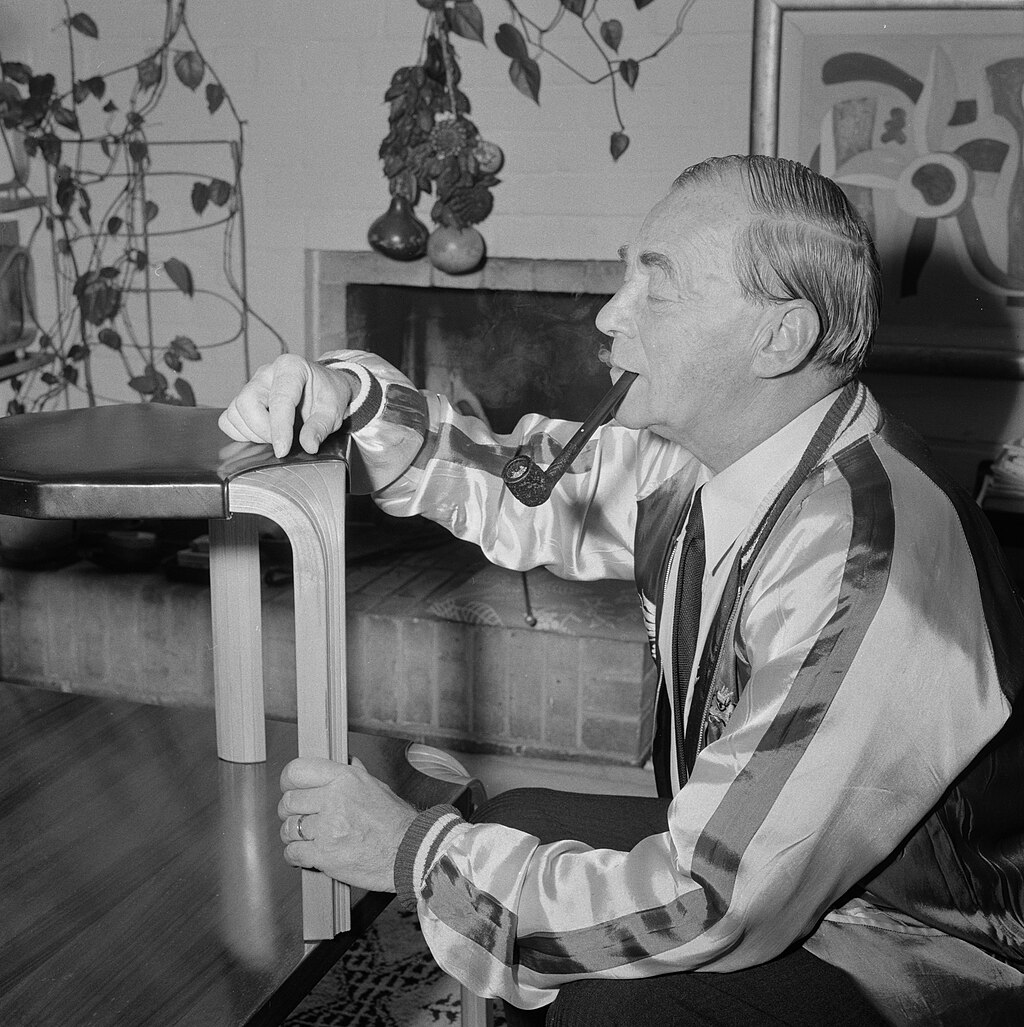
Alvar Aalto, a Finnish architect and designer, began creating furniture in the 1930s with a focus on organic forms and natural materials. His Paimio Chair, designed for a tuberculosis sanatorium, combined ergonomics with soft, curving plywood, paving the way for future innovations in furniture comfort. Aalto’s approach celebrated human-centric design, blending warmth and functionality in every piece. His pioneering work with bentwood techniques influenced countless designers in the use of natural materials. Aalto’s designs continue to inspire a Scandinavian aesthetic that values both form and usability.
Eero Saarinen
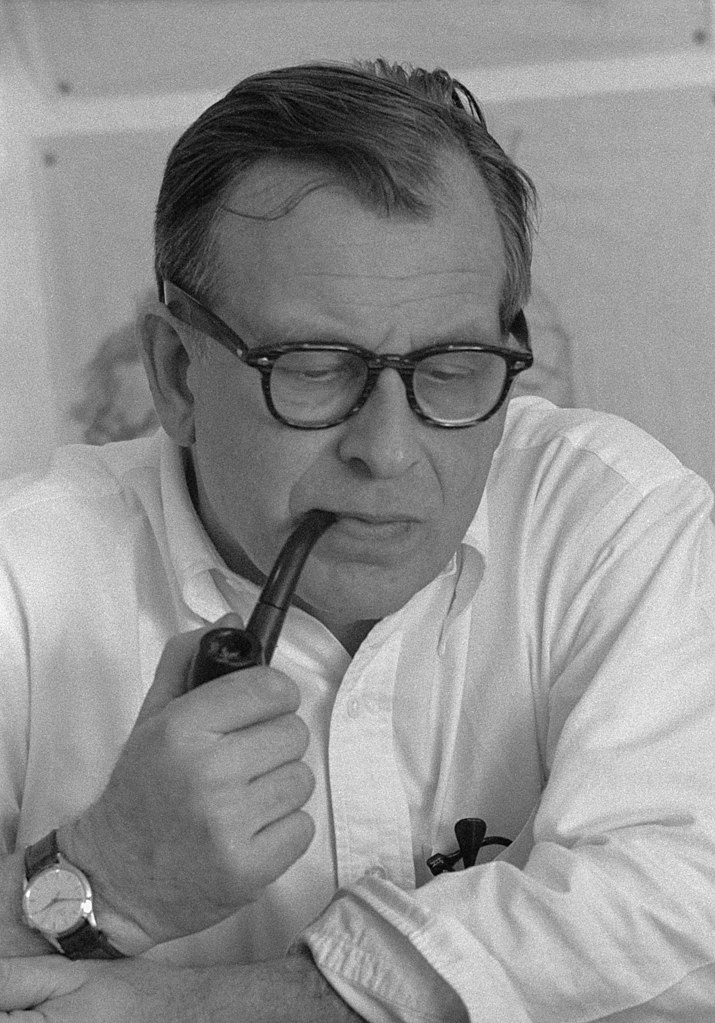
Eero Saarinen, an architect known for his sculptural designs, made a significant impact on furniture with pieces like the Tulip Chair. Introduced in 1956, the chair’s sleek pedestal base eliminated the need for four legs, creating a cleaner and more functional silhouette. Saarinen’s work challenged traditional forms, bringing a futuristic feel to mid-century modern design. His ability to balance aesthetics and innovation pushed designers to think beyond standard shapes. Today, Saarinen’s influence is seen in the fluid forms and bold experimentation in contemporary furniture.
Marcel Breuer
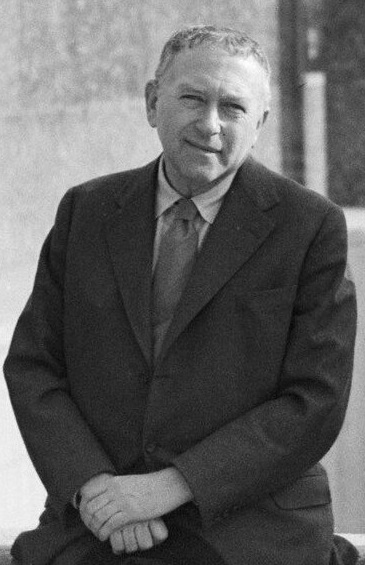
Marcel Breuer, one of the key figures in the Bauhaus movement, began creating furniture in the 1920s. His Wassily Chair, made with tubular steel, introduced the concept of industrial materials in residential furniture. Breuer’s designs demonstrated that simplicity and innovation could coexist, sparking a shift toward modern, streamlined furniture. His pioneering use of steel frames continues to inspire functional, minimal designs. Breuer’s influence is evident in contemporary furniture that balances lightness, durability, and a sleek aesthetic.
Zaha Hadid

Zaha Hadid, a visionary architect known for her bold and fluid designs, ventured into furniture design in the early 2000s. Her pieces, like the Liquid Glacial Table, blur the line between sculpture and function, showcasing her signature flowing forms. Hadid’s work brought a futuristic, almost otherworldly aesthetic to furniture design, challenging conventional forms. Her influence is seen in the rise of expressive, non-traditional shapes in today’s designs. Hadid’s legacy encourages designers to explore beyond rigid structures and embrace dynamic forms.
Tadao Ando

Tadao Ando, a Japanese architect, ventured into furniture design with pieces that reflect his minimalist, contemplative approach. His furniture often uses natural materials like wood and stone, echoing his architectural emphasis on simplicity and natural light. Ando’s designs offer a sense of tranquility, bridging Eastern and Western aesthetics in an understated way. His work has influenced designers who seek harmony between interior spaces and furnishings. Ando’s commitment to simplicity and elegance remains a guiding principle in minimalistic design.
Gio Ponti
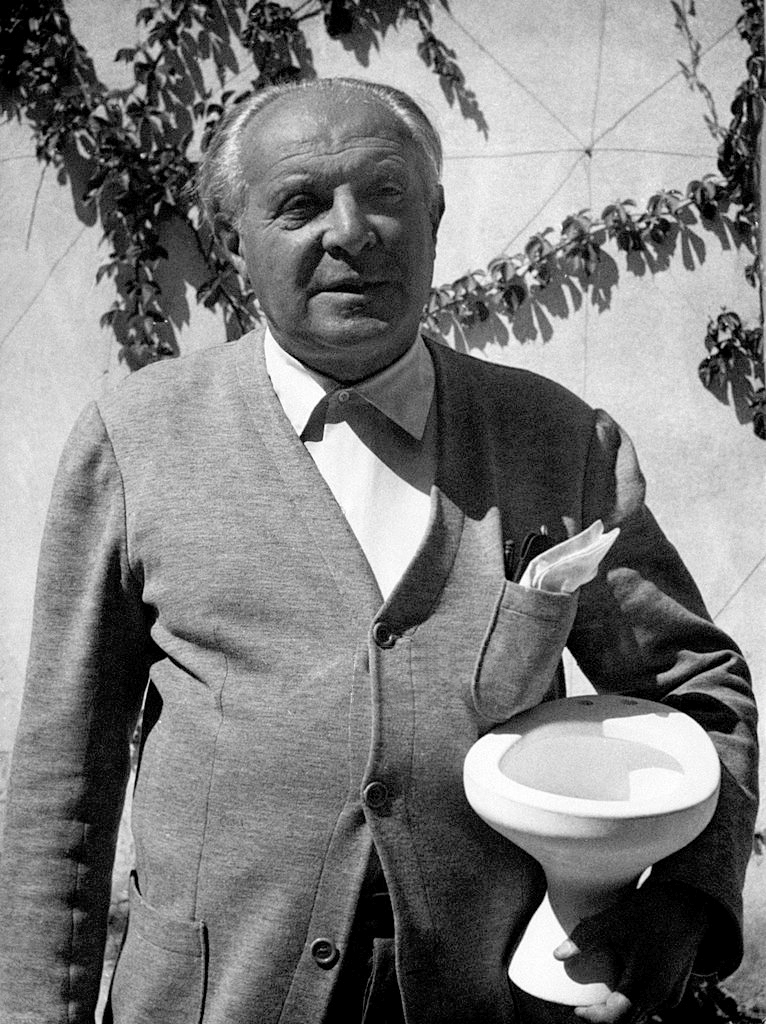
Gio Ponti, an Italian architect and designer, began crafting furniture in the mid-20th century, blending modernism with Italian craftsmanship. His Superleggera Chair showcased a lightweight yet durable design, combining traditional Italian style with a modern twist. Ponti’s work inspired designers to fuse heritage with contemporary design, creating pieces that are both functional and decorative. His innovative approach has influenced generations of designers to experiment with both form and material. Ponti’s legacy continues to inspire Italian and global design with its elegance and innovation.
Renzo Piano

Renzo Piano, an architect known for buildings like The Shard, brought his architectural principles to furniture design with simple, functional pieces. His work emphasizes sustainability and craftsmanship, often using recycled materials. Piano’s furniture designs focus on structural integrity and understated elegance, reflecting his architectural philosophy. He has influenced eco-conscious furniture design by showing that elegance doesn’t need to sacrifice environmental responsibility. Piano’s commitment to sustainability continues to inspire designers today.
Pierre Jeanneret
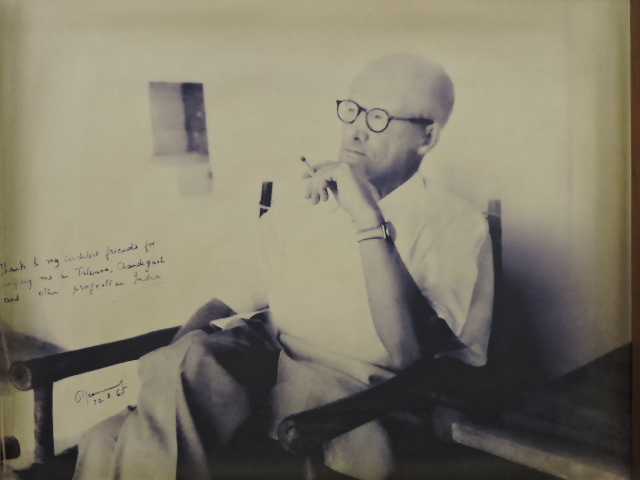
Pierre Jeanneret, a Swiss architect and cousin of Le Corbusier, designed furniture in the 1950s for Chandigarh, India. His famous Chandigarh Chair, made of teak and woven cane, emphasized rustic elegance and durability. Jeanneret’s approach combined simplicity with functionality, influencing designers to value traditional craftsmanship. His furniture is celebrated for its blend of modernism and local materials, which set a precedent for culturally relevant design. Jeanneret’s work remains sought after, particularly for its historical and aesthetic value.
Peter Zumthor
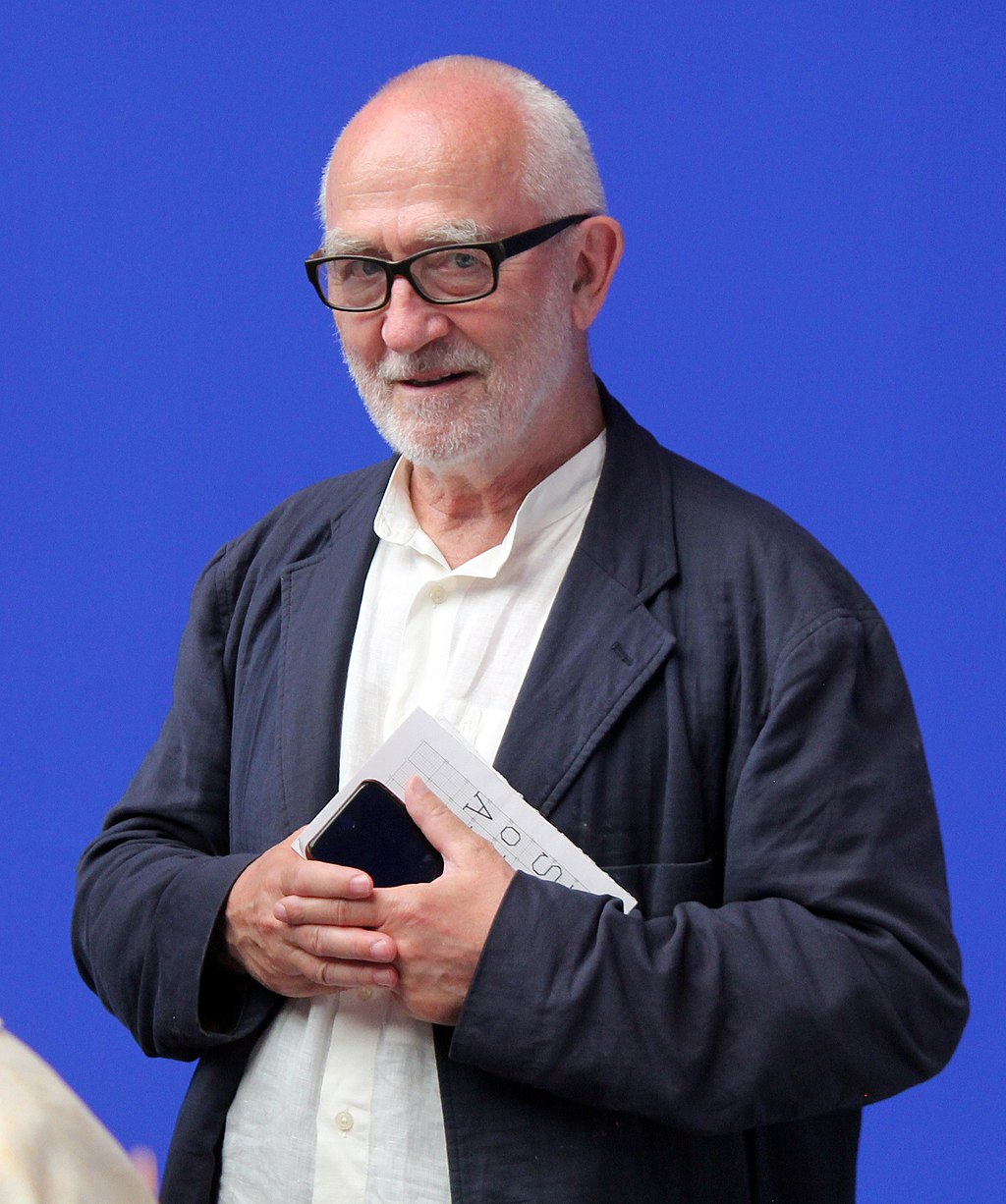
Peter Zumthor, known for his architectural work that engages the senses, brings a similar depth to his furniture designs. His pieces are simple yet rich in material and texture, echoing his architectural philosophy. Zumthor’s designs invite a sensory experience, pushing designers to consider how materials can evoke feelings. His influence has encouraged a mindful approach to material use in contemporary furniture. Zumthor’s focus on materiality and texture adds a unique dimension to modern design.
Shigeru Ban

Shigeru Ban, a Japanese architect recognized for his humanitarian work, applied his sustainable design principles to furniture. His Paper Tube Chair, made from recycled cardboard, reflects his commitment to accessible, eco-friendly design. Ban’s work promotes innovation in sustainable materials, inspiring designers to seek new ways to reduce environmental impact. His influence has expanded the possibilities for green design in furniture production. Ban’s designs highlight that functionality and environmental responsibility can coexist.
Norman Foster

Norman Foster, an acclaimed British architect, incorporated his sleek, modern style into furniture like the Nomos Table. Designed in the 1980s, the table’s modular frame and industrial materials reflect Foster’s high-tech architecture. His designs underscore the harmony of modern aesthetics and functional materials, paving the way for high-tech influences in furniture. Foster has inspired a generation of designers who favor clean lines and innovative materials. His work continues to bridge the worlds of architecture and furniture seamlessly.
This article originally appeared on UnifyCosmos.
More from UnifyCosmos
20 Budget Travel Tips That Actually Cost You More in the Long Run

Traveling on a budget seems like a smart way to save, but some money-saving strategies can backfire. Certain shortcuts may feel like a deal, but they often come with hidden costs. Read More
20 Habits That Annoy Recruiters and Hurt Your Job Prospects

Recruiters have seen it all, and they have a few pet peeves. There are certain behaviors that can really put them off. Knowing what to avoid can make a big difference in your job search. Read More
18 Best Part-Time Jobs for Seniors That Offer Great Pay

Many seniors are looking for flexible work that fits their lifestyle, offering both fulfillment and extra income. Whether they’re retirees looking to stay active or older adults seeking part-time opportunities, there are plenty of rewarding options available. Read More
Leave a Reply